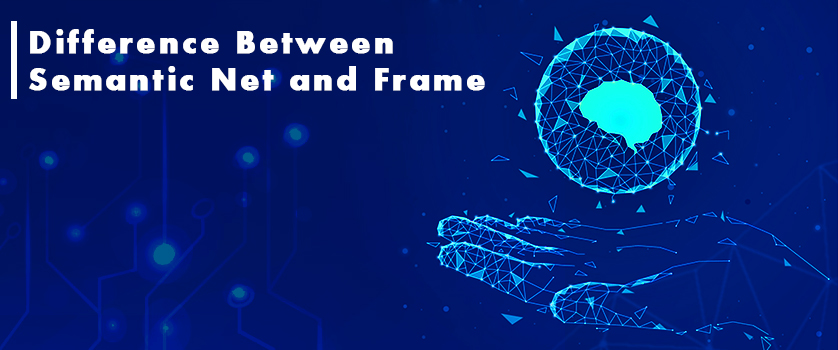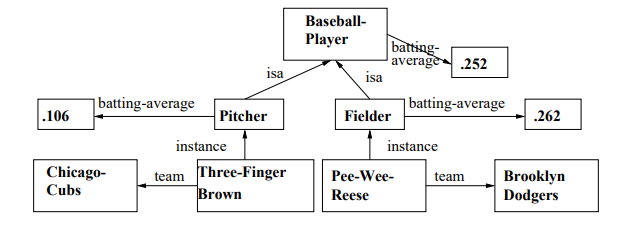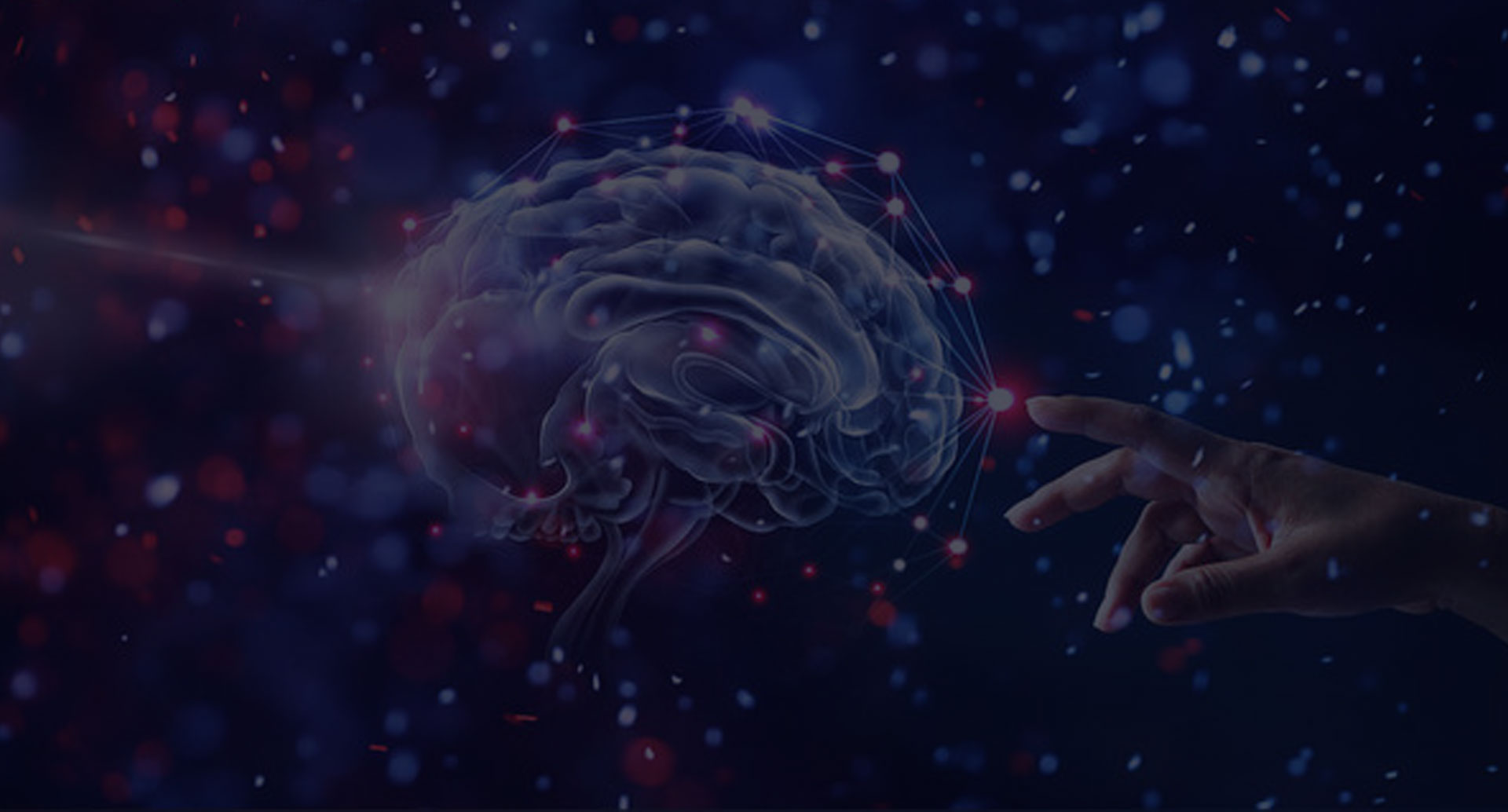
Anshul Jain
September 26, 2020
Semantic nets and frames in AI are two ways to showcase knowledge representation. Both are quite popular knowledge representation techniques in artificial intelligence but it's difficult to make a clear distinction between the two.
So in this post, we are going to distinguish between frames and semantic net in knowledge representation to help you get a better understanding of these important components of artificial intelligence.
Let’s begin.
What Is the Difference Between Semantic Net and Frame?
Semantic Net:
Semantic networks structure the knowledge of a specific part of any information. It uses real-world meanings that are easy to understand. For example, it uses "is a" and "is a part" inheritance hierarchies. Besides this, they can be used to represent events and natural language sentences. In simple words, semantic networks are general in nature but if you’re not familiar with the syntax and semantics in each case, then it can be a problem.
Frame:
The frame is also a data structure to represent similar properties and possibilities for knowledge representation like the semantic networks. It contains the same ideas of inheritance and default values. However, frames are more powerful than the semantic network because their slots contain instructions to be understood well for computing things stored in other slots or in other frames.
What Is a Semantic Network in Artificial Intelligence?
A semantic network is a representation of knowledge in the form of graphs with the help of interconnected nodes. It's a widely popular idea in artificial intelligence and natural language processing because it supports reasoning. A semantic network is an alternative way to represent knowledge in a logical way.
The core idea of the semantic network is that knowledge can be stored in graphs where nodes represent objects in the world, and the arcs show the relationships between objects.
What Is a Semantic Network Example?
Semantic networks include nodes that showcase objects and arcs to explain the relationship between those objects. The best part of the semantic network is they are easy to extend and understand. Its representation mainly consists of two types of relations: IS-A relation (Inheritance) and Kind-of-relation.
The following semantic network examples will help you understand it.

Describe the Components of a Semantic Net
- Lexical Component: Nodes represent physical entities, links, and labels. The links show the relationship between the objects. Labels, on the other hand, denote particular objects and their relationships.
- Structural Component: The links and nodes form a diagram according to the direction.
- Semantic Components: In the semantic component, all the definitions are related to the links, and label of nodes while facts are dependent on the approved areas.
- Procedural part: It has constructors and destructors. Constructors allow the creation of new links and nodes while destructors permit the removal of links and nodes.
Advantages of Semantic Net
- The semantic network is a natural way to represent knowledge in the world.
- It communicates information in a transparent form.
- It’s easy to decipher.
Disadvantages of Semantic Net
- The semantic network takes a long time to answer the question. For instance, we need to study the whole network to get a simple answer and the worst part is it’s also possible that we end up with no answer.
- It stores information like a human brain, but in reality, it’s not possible to create that sort of vast network.
- These representations are confusing as there are quantifiers like “for all”, “for some”, “none”, etc. seem missing.
What Are Frames in Artificial Intelligence With Example?
In artificial intelligence, frames are knowns as filter knowledge representation. The idea of frames is derived from the semantic networks that have evolved into modern-day classes and objects. Frames are the groups of multiple frames that are connected and stored together. The main purpose of the frames technology is to put across a piece of detailed information about an entity.
Let’s take a look at the frame examples.
| Baseball Player |
|---|
| is-a: Adult male |
| batting average: .252 |
| bats: equal to handed |
| team: |
| : . |
| Fielder |
|---|
| is-a: Baseball player |
| batting average: .262 |
| Pee-Wee-Reese |
|---|
| Instance: Baseball player |
| Team: brooklyne Dodgers |
Suppose Rita is a software engineer. She lives in New York, America, her age is 27 and she is married. Now if we represent this entity in the form of frame representation, the frame will look like as shown below.
| Name |
| Profession |
| Age |
| Location |
| Marital Status |
| Rita |
| Software Engineer |
| 27 |
| New York, America |
| Married |
Advantages of Frames
- With the help of frame knowledge representation, the programming becomes easier as it groups the related data.
- Due to the flexible representation, the frame is used by many applications in AI.
- Slots for new attributes and relations can be easily added.
- To search for a missing value, you can add default data.
- It is widely popular for understanding and visualizing knowledge representation.
Disadvantages of Frames
- Because the system has too many slots, deductions can’t be easily formed.
- The frame representation is not built to support the inference mechanism.
- It has a very generalized approach that limits its functioning.
Conclusion:
Semantic net and frames are widely popular knowledge representation techniques but they are quite different from each other. Semantic representation is easy to understand but when it comes to computing larger data it proves worthless. On the other hand, frames represent the same information in a logical manner but due to excessive slots, it can obstruct the deduction process. However, both the knowledge representation techniques play a vital role in artificial intelligence, yet frames take the upper hand.




